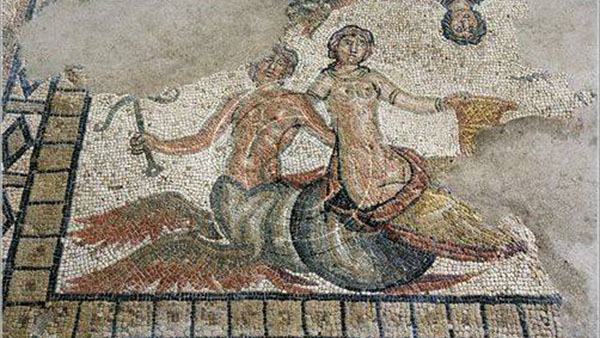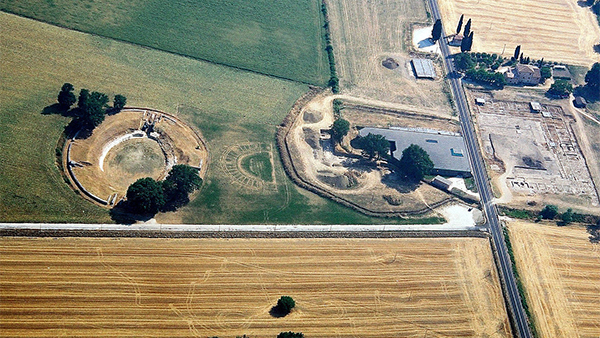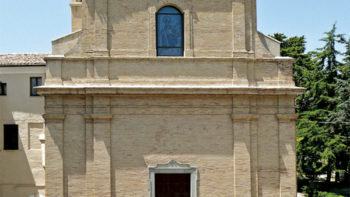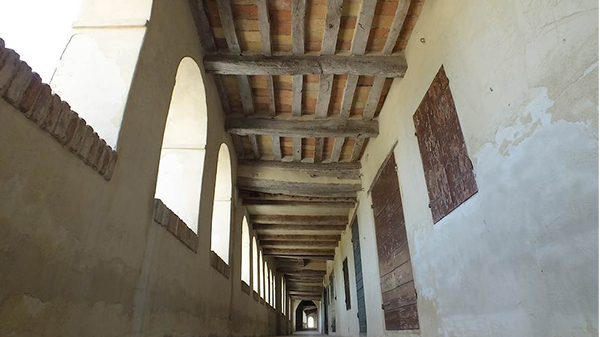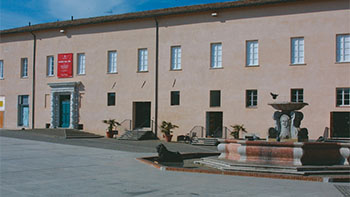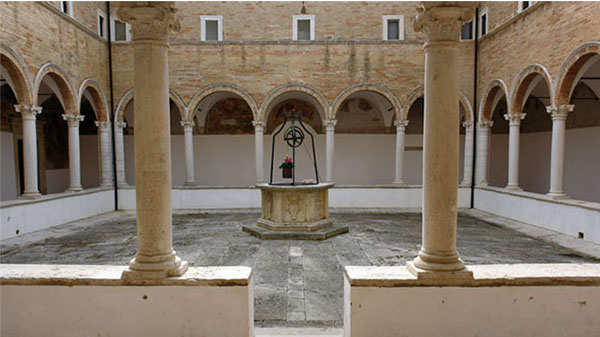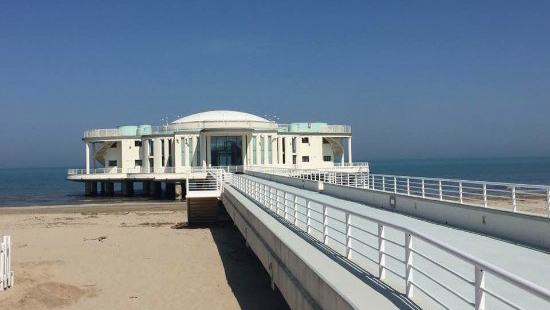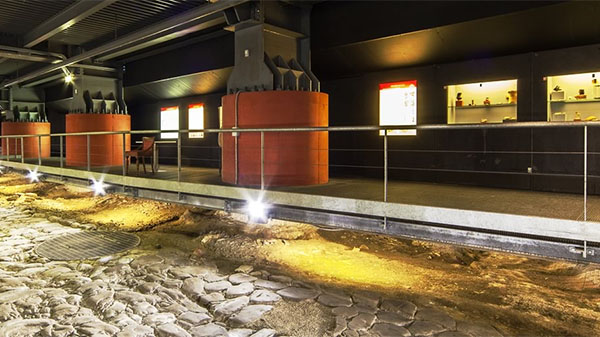Castellone di Suasa – Civic Archaeological Museum
Located in the splendid setting of the 16th century Palazzo Della Rovere, it is part of a more articulated itinerary which also includes the Suasa Archaeological Park, The Territory Museum in S. Lorenzo in Campo, the excavation site and Antiquarium of Madonna del Piano in Corinaldo, enabling us to gain a better understanding of the history and culture of the Cesano valley. It illustrates the results of excavation campaigns carried out at the Suasa Archaeological Park from 1987 to present day, in the Suasa urban area, with particular focus on material from the large Coiedii domus residential area. Fascinating remains …

